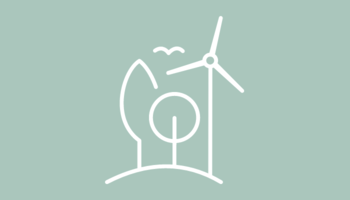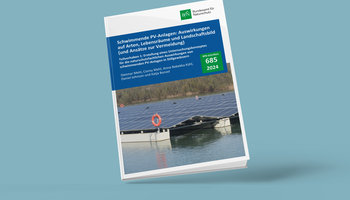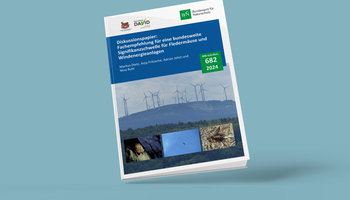The research project examines the effects of the use of offshore wind energy on the marine environment. Nose emissions are an important part of this. Marine mammals such as porpoises and common and grey seals are sensitive to acoustic emissions. The acoustic pulses produced by pile driving in particular and the increasing background noise from the growing volume of shipping pose a threat of ongoing disturbance and harm to marine mammals. Information on the effects of noise on the behaviour and hearing of marine mammals is therefore of major importance.
METHODS
In WP1 porpoises and grey seals will be fitted with D tags and the noise emissions from offshore supply vessels measured and analysed.
WP2 will trial the effect of seal scarers on porpoises and grey seals in playback experiments using V-tags and GPS/GSM tags, as well as determining the onset of a hearing threshold shift in an animal kept in Kerteminde, Denmark.
In WP3 possible TTS (temporary threshold shifts) after exposure to repeated noise will be measured in wild porpoises that were unintentionally caught in fishing nets in Denmark. In addition, all C-POD and sound recording data collected from previous projects between 2013 and 2015 will be included in the evaluation of the potential effects of the construction and operation of wind turbines on the habitat use of marine mammals and compared with each other. The results of the noise measurements and C-POD recordings will be evaluated using statistical models.
Human disturbance can create an additional energy demand for porpoises, so that the animal's overall energy requirement is increased. In WP4 the D-Tag data collected from porpoises during the project will be evaluated in terms of the energy used for resting, feeding, migration and avoidance behaviour. Acoustic profiles for characteristic types of ships will also be developed in order to quantify the extent of the disturbance.
In WP5 the scientists in the project consortium will participate as necessary in meetings held by TSG Noise, OSPAR, HELCOM, ASCOBANS and MSFD and assist the BfN with data evaluation.


